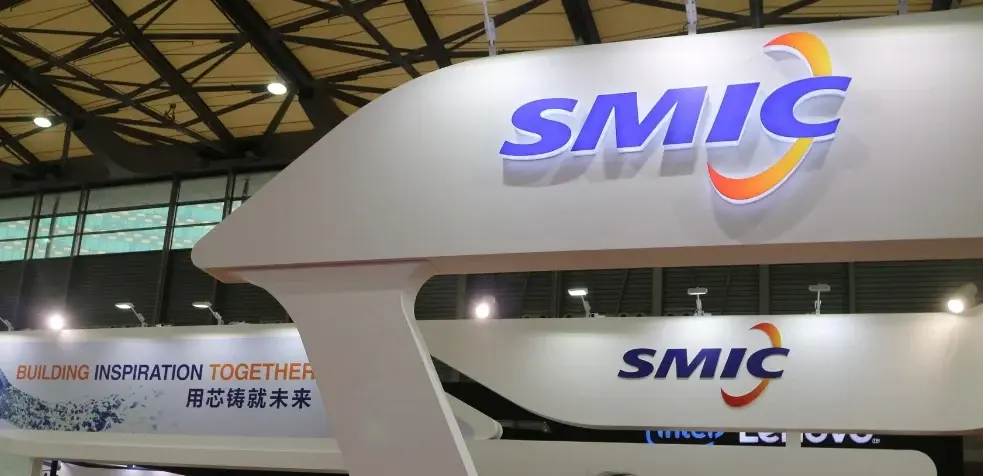Samsung Electronics has projected a staggering 13-fold increase in its second-quarter profit, marking a notable recovery from the same period last year. The estimated operating profit for Q2 2024 is 8.8 trillion won ($6.34 billion), a significant rise from the 670 billion won reported in Q2 2023. This represents Samsung's highest profit since the third quarter of 2022.
A key contributor to this profit spike is the rebounding performance of Samsung’s semiconductor division. This sector has dramatically improved, with an estimated operating profit of 4.6 trillion won in Q2 2024, reversing a loss of 4.36 trillion won from the same period last year. The surge in demand for high-end DRAM chips, especially those utilized in artificial intelligence (AI) applications, has driven this growth. Prices for DRAM chips have increased by 13% to 18%, while NAND Flash chips used for data storage have risen by 15% to 20%.
AI Boom Boosts Chip Demand
The thriving AI sector has significantly bolstered Samsung’s profits, with a heightened requirement for advanced memory chips like high-bandwidth memory (HBM) solutions employed in AI data centers. This trend has led to an uptick in prices and demand for Samsung’s premium DRAM chips, crucial for AI chipsets and data center servers.
Despite the overall profit growth, Samsung’s mobile business has faced a decline. The projected Q2 operating profit for this segment is 2.2 trillion won, down from 3.04 trillion won a year earlier. This decrease is due to higher costs for parts and marketing, as well as investments in AI service development. The volume of smartphones shipped remains consistent with last year, suggesting that external factors like increased costs are affecting profits.
Upcoming Product Launches
Samsung plans to unveil its latest flagship foldable phones, the Galaxy Z Fold 6 and Galaxy Z Flip 6, along with new mobile accessories, on July 10 in Paris. Additionally, the company is introducing a new health monitoring ring, aiming to rival Apple in the high-end market.
Analysts have estimated Samsung’s Q2 operating profit to be between 8.547 trillion won and 8.8 trillion won. Samsung is expected to provide a detailed earnings report at the end of the month. The company’s strategy to expand and diversify its business divisions, along with the rising chip prices, indicates a promising future ahead.


